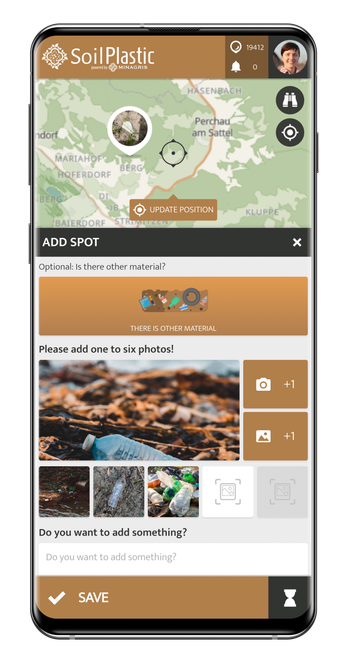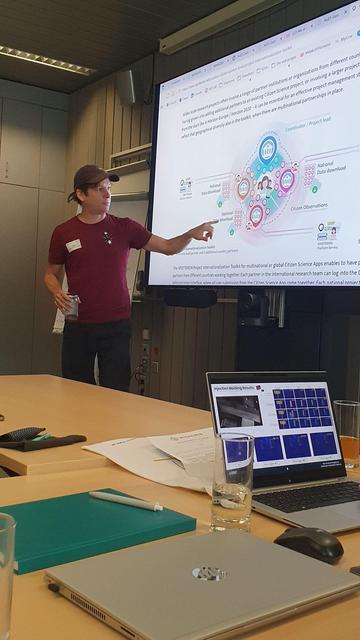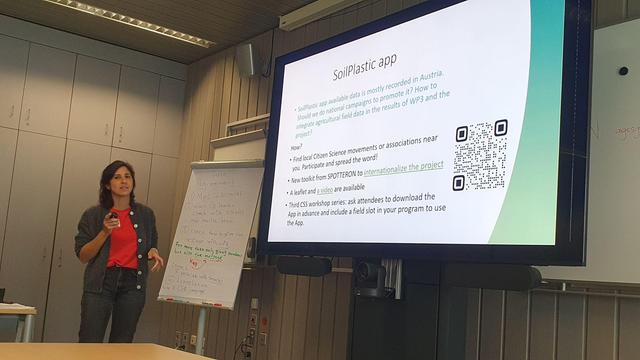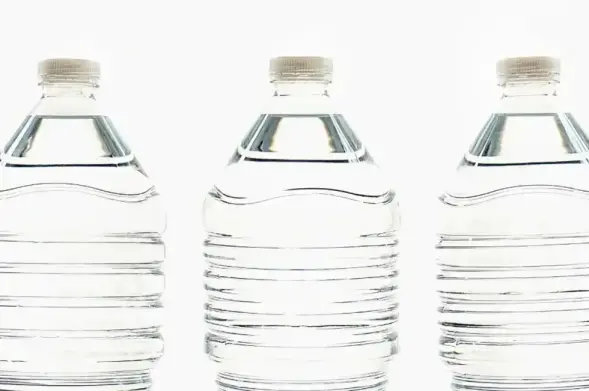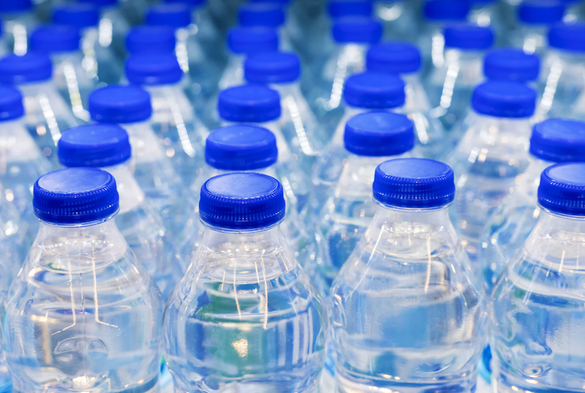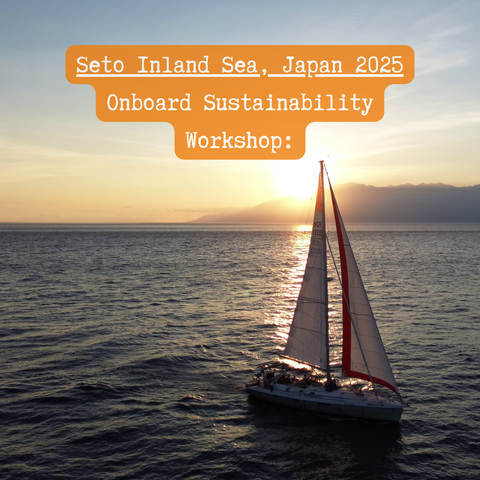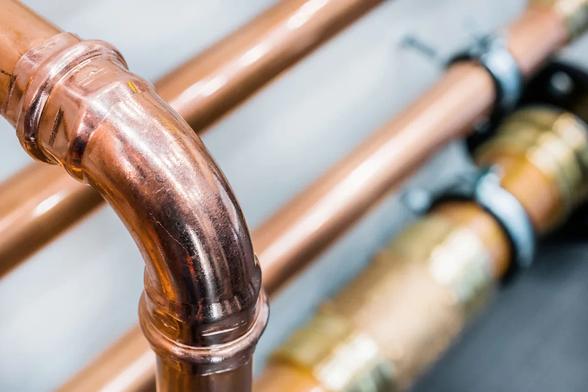#Nanoplastics detected in farm animal cells: Study warns of possible human consequences. Via @sciencex.physorg #Health ❤️🩹 🧑⚕️ #Recycling ♻ #ClimateChange 🌎♨️ #Microplastics
Nanoplastics detected in farm ...
#Nanoplastics
Plastics derived from biological matter, or #bioplastics, eg #bamboo are increasingly popular, but they still only make up around half a per cent of the more than 400 million tonnes of #plastics produced each year.
#biodegradable #fossilfuels #Microplastics #Nanoplastics #Pollution
Fact alert 🌟: 2025 scientific findings substantiate a link between nanoplastics (from plastics such as polystyrene) and Parkinson’s disease, via a dual mechanism impacting alpha-synuclein aggregation and neuronal lysosomal dysfunction. At #FACTOVATE, we highlight such critical intersections of environmental exposure and neurodegeneration. #FACTOVATE #ParkinsonsDisease #Nanoplastics #EnvironmentalToxicology #NeurodegenerativeDisorders
https://factovate.com/plastic-waste-link-to-parkinsons-disease
Think bottled water is a safe choice? Think again. A new study reveals a shocking amount of nanoplastics, which pose a serious, long-term health risk. Time to rethink that habit.
#PlasticFree #HealthWarning #Water #Nanoplastics #PublicHealth
https://scitechdaily.com/scientists-warn-bottled-water-may-pose-serious-long-term-health-risks/
At the 4th General Assembly of the Minagris Project, the #SoilPlastic #CitizenScience App was also in focus: a mobile App for documenting plastic waste on agricultural fields, developed by MINAGRIS in collaboration with @spotteron: https://www.spotteron.net/apps/horizon-2020-horizon-europe/minagris-micro-nanoplastics-in-agricultural-soils
#HorizonEurope #Soil #Microplastics #Nanoplastics #Agriculture
Scientists tested 3 popular bottled water brands for nanoplastics. The results are alarming.
https://fed.brid.gy/r/https://www.upworthy.com/water-bottle-nanoplastics-ex1
:InDanger: However they also say:
R. A. Carlos recently reported on an alarming five-fold increase in the prevalence of autism spectrum disorder (ASD) on the island of Guam from 2016 to 2022. He reviewed 95 studies and concluded that the increased trend paralleled the widespread exposure of young children to microplastics.
and the citation given is to the abstract of a conference presentation which ACTUALLY says the author reviewed 95 studies for "neurotoxic effects of microplastics on other species, including fish, mice, mollusks, nematodes, crustaceans and chicken" not to find fricken autistic crustaceans but to find neurotoxicity.
But autism definitely isn't neurotoxicity in general, and probably isn't in any specific way.
So what we're left with is an observation of 5x ASD and plastics exposure on Guam. Is it not likely that whatever societal changes increased plastic use to skyrocket 5x also caused other seismic shifts in behaviour and exposure and - dare I guess - autism testing?
#autism #microplastics #nanoplastics #badJournalism #badScience #health #news #GlobeAndMail
Wow, this Canadian newspaper piece lays out some references [edit: at least some references are weak] on possible or demonstrated human harms from micro- and nano-plastics:
- linked to declining sperm counts, altered puberty timing, infertility and developmental abnormalities in the reproductive organs
- exposure during the perinatal and early-life periods to disrupt neurodevelopmental health
- Neurodevelopmental outcomes, including attention deficits, lower IQ and behavioural changes
- MNPs do not distribute evenly. Evidence indicates they accumulate in the hippocampus, amygdala, cerebral cortex and substantia nigra. These structures are essential for cognition, emotional regulation and motor control. Their damage accounts for cognitive and behavioural impairments documented in numerous experimental studies.
- can accelerate the onset and progression of conditions like Alzheimer’s and Parkinson’s [mouse study]
- Through progressive damage to brain regions involved in learning, memory, emotional regulation, anxiety and motor control, MNPs erode the neural substrates underlying behaviour and psychological health. Although they may not directly produce clinical “personality changes,” current evidence indicates that MNPs induce a spectrum of neurobiological and functional impairments that are likely to manifest as marked shifts in cognition, mood and behaviour.
they conclude:
Today, less than 10 per cent of plastic is recycled. [6]. There is much work to be done. Each one of us should avoid anything plastic. Governments at all levels need to impel plastics manufacturers to disclose their chemical composition, and redesign them so that they do not release microplastics or known chemicals of concern. Microplastic pollution is the result of human actions and decisions. We created the problem and now we must create the solution.
https://www.theglobeandmail.com/canada/article-microplastics-pollution-health-problems-environment/ https://archive.ph/cjig9
#microplastics #nanoplastics #MNPs #GlobeAndMail #health #news
Scientists test 3 popular bottled waters for nanoplastics using new tech, and yikes
"You can't see them, but they are there, hundreds of miniscule particles of plastic lurking in your steak. As it cooks in a hot pan, these unwelcome guests liquify, oozing into the meat before solidifying again as it cools down on your plate. And they're not just in steak. Unwittingly, you are eating them all the time.
These interlopers in our food are microplastics and nanoplastics, particles of less than 5mm or between 1 and 1,000 nanometres respectively. But how do they get into our food? And, in a world infused with bits of plastic, what can we do to reduce exposure in our diets?"—Ally Hirschlag & Martha Henriques
Your kitchen is full of microplastics. Here's how to eat less of them >
https://www.bbc.com/future/article/20250919-how-to-eat-less-plastic
#microplastics #nanoplastics #exposure #kitchens #packaging #utensils #food_chain #polypropylene #food #processed_foods #cooking #water #supplies #takeaway_food #washing #pollution #ocean #environment
Last few spots available on the Japan sailing trips. 07/0/10 and 19/10 departures for 10 days in Seto inland sea learning about plastic pollution from nanoplastics to plastic bags. #Science #microplastic #nanoplastics #sailing #japan
New paper I am co-author on. Potential planetary effects of airborne plastiphere (plastics and their chems plus pathogens etc) #microplastic #nanoplastics #plastisphere #StopPlastic
https://www.sciencedirect.com/science/article/pii/S2590332225002726
Nanoplastics accumulate in the edible part of food crop radishes. Nice we finally have confirmation. Scary we were right. #nanoplastics https://www.sciencedirect.com/science/article/pii/S0013935125019395?via%3Dihub
New Device Detects Nanoplastics in Waterways Using Simple Technology
A new method for detecting nanoplastics in the environment, developed by researchers, could revolutionize how we understand the impact of these tiny particles on our health and ecosystems. Published in *Nature Photonics*, the study describes a simple and inexpensive way to identify nanoplastics usin... [More info]
New research calls for global action on micro and nanoplastics in the atmosphere https://phys.org/news/2025-09-global-action-micro-nanoplastics-atmosphere.html
#atmosphere #environment #plastic #microplastics #nanoplastics
'Microplastic uit je water filteren? Met deze simpele truc is het klusje zo geklaard'
"Onderzoekers in China hebben ontdekt dat je met iets heel simpels – water koken en filteren – een groot deel van de microplastics uit kraanwater kunt verwijderen."
"Ook in Nederland zitten er microplastics in kraanwater, maar de concentraties zijn relatief laag en de drinkwaterbedrijven filteren het grootste deel eruit tijdens de zuivering van het oppervlaktewater. Volgens Waternet zijn er ongeveer 18 deeltjes groter dan 0,05 mm per 1000 liter (1 kuub) kraanwater. Experts noemen dat ‘amper microplastics’."
"Uit een Amerikaans onderzoek kwam naar voren dat fleswater wel vaak microplastics bevat. Per flesje water krijg je gemiddeld 240.000 minuscule deeltjes plastic binnen."
"Vermoedelijk komt dat doordat dit gezuiverde water als het ware ‘besmet’ kan worden met kleine stukjes plastic die afkomstig zijn van de dop of de fles zelf. Er is dus iets te zeggen voor fleswater uit glazen flessen of kraanwater in je eigen RVS-fles."
#gezondheid #water #drinkwater #plastics #microplastics #nanoplastics
Ratio of Plastic #politicians purloined by #Plutocracy ?
#Plankton consume #microplastics directly.
Fish eat plankton.
Bigger fish eat smaller fish.
Humans eat the big fish — and with them, every plastic fragment they've accumulated.
S0-CALLED trophic magnification or #biomagnification or bio accumulation
#Dow #ExxonMobil #BASF #ChevronPhillips #Shell #SABIC and INEOS expanded plastic production capacity by 1.4 million tonnes… Dow earned US$5.1 billion from plastics, sending at least 21 lobbyists into treaty negotiations.
https://www.greenpeace.org/international/press-release/77716/greenpeace-activists-paint-geneva-streets-black-to-call-out-big-oils-chokehold-on-global-plastic-treaty-talks-demand-un-kicks-out-fossil-fuel-lobbyists/
#fossilfuels #Microplastics #Nanoplastics #Plastics #Pollution #Treaty
